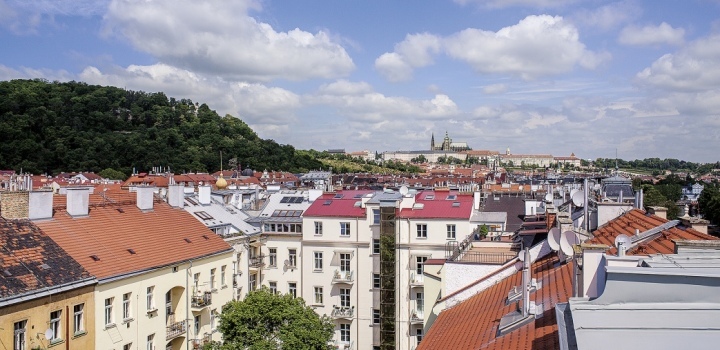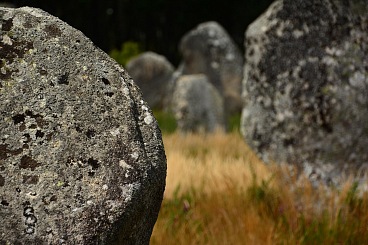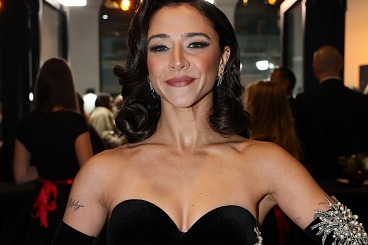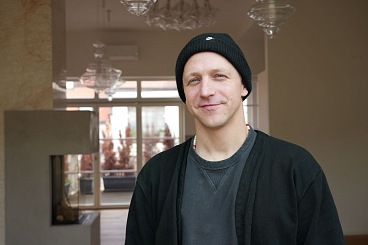Luxury housing like in a fairy tale - Janáčkovo nábřeží
The beginnings of Janáčkovo nábřeží
The north part of the embankment was called Ferdinandovo nábřeží from the 1890s, the southern part was known as Nábřežní ulice. Both parts were subsequently joined with the increasing development in this area and closure of the former industrial plants and gardens. Both parts are protected by an embankment wall, construction began on the north part in 1874 and on the south part near Palacký Bridge in 1903.
A hint of luxury and Art Nouveau
The loftiness and refinement of the houses here is given by the suitable location, in particular when looking at the opposite bank of the Vltava, from Masarykovo nábřeží in the New Town. Apart from the historicism as portrayed by Josef Schulz, Jan Zeyer or Ferdinand Šamonil, there are also a few examples of late Art Nouveau architecture here. True gems and buildings which stand out due to their unique nature are three palatial houses: the corner apartment block by the professor from the Academy of Arts, Architecture & Design in Prague Richard Klenka Knight of Vlastimil with the remarkable motif of “Gaudiesque” chimneys on the roof, then the corner house by Ladislav Čapek with curious stucco decoration on the façade (for example, the motif of a bird holding plans for the building) and the third is the building created by the architect Emil Dufek with a half-timber motif on the gables. All of the buildings have nobly designed entrances with spacious lobbies. We can find similarly generously designed buildings on Lesnická or on Náměstí 14. října.
The home of historians and artists
Many interesting apartment buildings were built on Janáčkovo nábřeží at the turn of the century, these attracting a lot of prominent people. Personalities such as Josef Pekař used to live here, as did General Rudolf Medek, the architect Josef Zítek or the actress Nataša Gollová, member of the cultural elite Ema Destinová, the historian Karel Krejčí or the first director of the National Theatre F. A Šubrt. Other people to succumb to the charm of Janáčkovo nábřeží were the historian, university professor, diplomat and politician Kamil Krofta, the painters Julius Mařák and Viktor Barvitius and the avant-garde director Jiří Frejka. One of the many beautiful corner houses was built in 1876 –1877 according to plans by the architect Josef Lipovský. This was converted into a palatial house in 1925 according to a design by the Austrian architect Rudolf Eisler.















